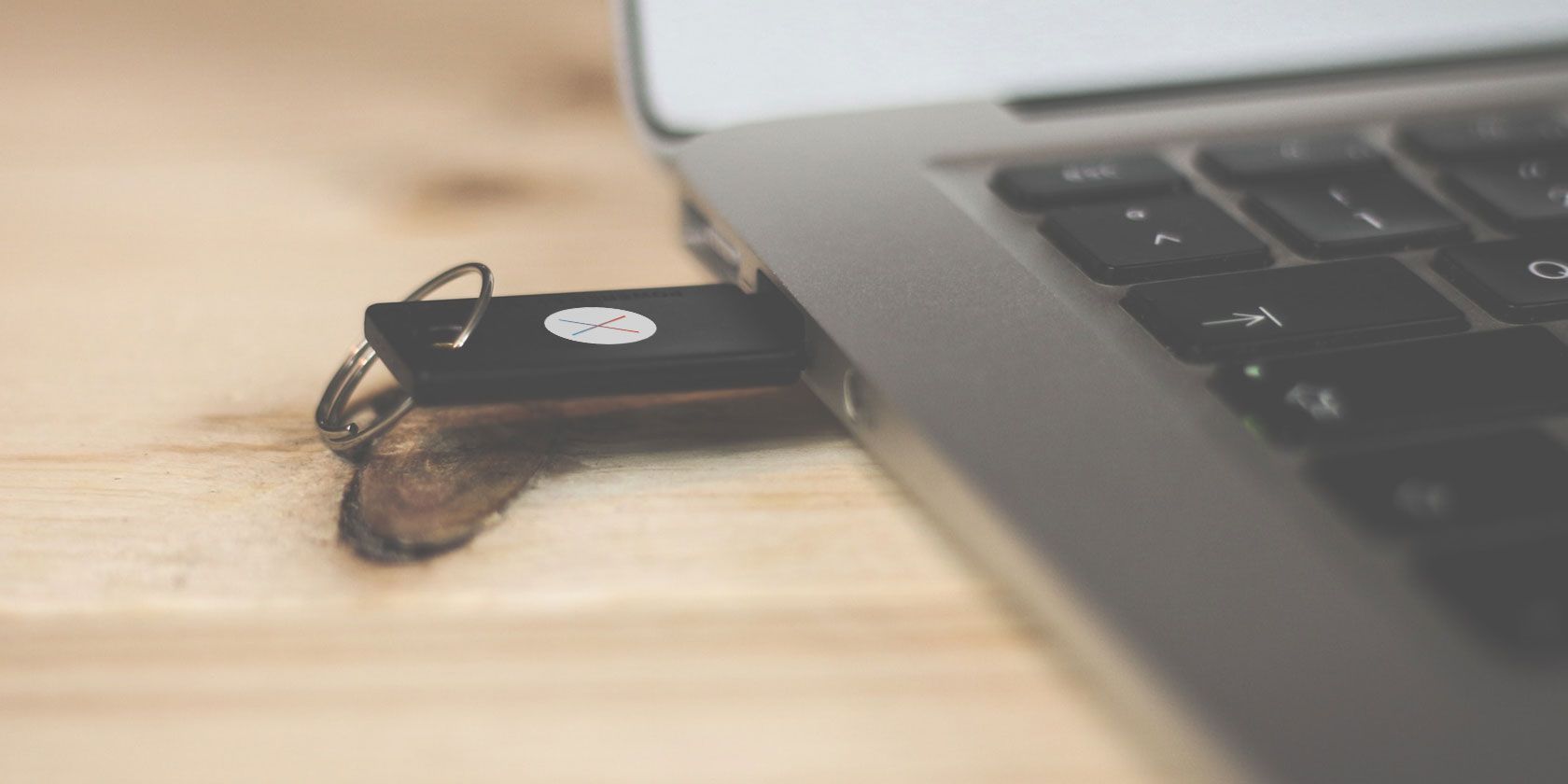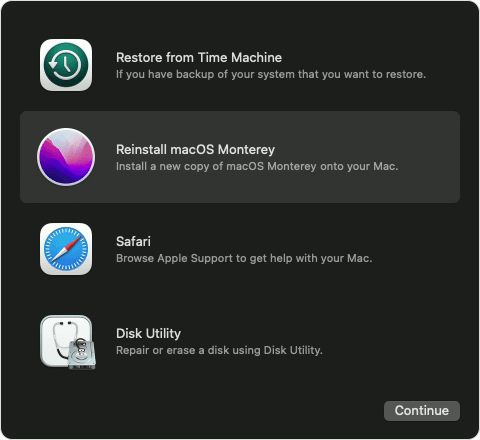
- #How to make a bootable usb mac recovery hd install
- #How to make a bootable usb mac recovery hd password
- #How to make a bootable usb mac recovery hd Pc
- #How to make a bootable usb mac recovery hd download
Now you can easily access and read the data in the hard drive.įinally, you need to copy all your files and remove data from that hard drive that won't boot into a new storage media.
#How to make a bootable usb mac recovery hd Pc
Now reboot the new PC from its standard operating system on the main drive. Alternatively, insert the drive into another PC that's operational and in good condition.

Insert your hard drive into another case of the external hard drive then connect it into another PC. Disconnect the cables of the hard drive, unscrew it and pull it out of its case. Open the case of your laptop and find the hard drive that's failing to boot. You can now quit Terminal and eject the volume.Switch off PC, get the battery off and then unplug your computer or laptop from the power outlet.
#How to make a bootable usb mac recovery hd install
When Terminal says that it's finished, the volume will have the same name as the installer you've downloaded, such as Install macOS Monterey.After the volume has been erased, you may see an alert stating that Terminal would like to access files on a removable volume.Terminal displays the progress as the volume is being erased. When prompted, type Y to confirm that you want to erase the volume, then press Return.Terminal doesn't show any characters as you type your password.
#How to make a bootable usb mac recovery hd password

Sudo /Applications/Install\ OS\ X\ El\ Capitan.app/Contents/Resources/createinstallmedia -volume /Volumes/ MyVolume -applicationpath /Applications/Install\ OS\ X\ El\ Capitan.app Sudo /Applications/Install\ macOS\ High\ Sierra.app/Contents/Resources/createinstallmedia -volume /Volumes/ MyVolume Sudo /Applications/Install\ macOS\ Mojave.app/Contents/Resources/createinstallmedia -volume /Volumes/ MyVolume Sudo /Applications/Install\ macOS\ Catalina.app/Contents/Resources/createinstallmedia -volume /Volumes/ MyVolume Sudo /Applications/Install\ macOS\ Big\ Sur.app/Contents/Resources/createinstallmedia -volume /Volumes/ MyVolume Sudo /Applications/Install\ macOS\ Monterey.app/Contents/Resources/createinstallmedia -volume /Volumes/ MyVolume If it has a different name, replace MyVolume in these commands with the name of your volume. These assume that the installer is in your Applications folder and MyVolume is the name of the USB flash drive or other volume you're using.

#How to make a bootable usb mac recovery hd download


 0 kommentar(er)
0 kommentar(er)
